A repressed history that is not fully understood eventually re-emerges as an unresolved entity
In his book Blood and Rage, British historian Michael Burleigh writes that as soon as Nazi Germany lost World War-II in 1945, there was a concentrated effort by the new German Government and polity to completely erase the country’s Nazi past. On May 9, 1945, at 11.01 pm, the Allied Forces ceased their attacks on the already destroyed Berlin and this, to Germans, came to be known as “Stunde Null” or Hour Zero.
From this point in time, Germany was to begin anew. Burleigh writes that this also meant a collective effort by “new Germany” to repress all memory of anything that had to do with the dramatic rise of Nazism in Germany, the collective euphoria that had accompanied its consolidation and the many atrocities that Nazism had encouraged and justified as an ideology. Indeed, there were thousands of Germans who had directly participated in the many physical and psychological acts of violence in the name of racial superiority. But millions of Germans who were not necessarily members of the Nazi party and its affiliates, had stood aside, choosing to ignore increasing evidence of their State’s violent conduct against those it believed were racially inferior or enemies of the “national body.”
The German State and governments that replaced the fallen Nazis, and German society as a whole, began to vigorously exorcise memories related to Germany’s Nazi past. The British documentary filmmaker, Adam Curtis, in his 1995 documentary The Living Dead, demonstrates that this exorcism was encouraged by the US and Britain once Germany became an ally and rebounded as an economic powerhouse within a decade after the war. Because, even though a number of former Nazis who had survived the defeat were tried and executed or given long jail sentences, many, who were bureaucrats and scientists, were eventually allowed to integrate into the new German State and society to aid the country’s revival.
In the first few years after Germany’s defeat, Nazism was rightly demonised but, according to Curtis, the cause of its rise was never fully investigated. The memory of it was then completely repressed. German professors, teachers, politicians and parents simply stopped talking about it, as if there was never a Nazi Germany.
According to both Burleigh and Curtis, an inconvenient past, when repressed without being fully understood, eventually re-emerges as an unresolved entity. In the late 1960s, German youth, who were born just before the war or immediately afterwards, began to question their leaders, teachers and parents, not only about their country’s unspoken Nazi past but also about their role in it. Violence soon followed as German youth outfits accused their elders and State of being former Nazis. This commotion did produce some studies investigating the reasons behind the rise of a hateful ideology, and the support it had received from millions of Germans. But according to Curtis, such efforts were hampered by the ideological tendencies and violence of the youth, many of who became as myopic and totalitarian in their acts and beliefs as the past that they were now raging against. By 1977, the lid was once again placed on it.
It blew off again after the collapse of the Soviet Union and the subsequent end of the Cold War in 1991. The unresolved, repressed fascist past, not only in Germany but in the rest of Europe too, returned. A brutal civil war between ethnic groups in what was once Yugoslavia, and the rise of violent expressions of ethno-nationalism in Europe and the former Soviet states proved that the “victory of democratic nations” during World War II did not treat the conditions that trigger fascist/nationalist hatred and chauvinism. Instead, this victory had simply placed a lid on these conditions. It keeps blowing off. Dread and violence has been spewing out from this hole ever since.
As a student of history, I spent almost a decade studying the silence that one comes across Pakistan’s various segments of the intelligentsia, educational and cultural products between 1971 and the early 1990s, on what is often referred to as the 1971 “East Pakistan debacle.” In 2018, I was able to further this study by accessing Washington DC’s Library of Congress, the largest library in the world. I went through 177 newspapers, magazines, journals (both English and Urdu) published in Pakistan between 1972 and 1992, plus 27 Urdu films released during this period. After 1974, there was almost no mention of the 1971 civil war in the former East Pakistan which had dismembered the country. Articles and editorials did emerge across 1972, but only a handful tried to explore the reasons behind the “debacle.”
An investigation was launched (The Humoodur Rahman Inquiry Commission) by the Government, but its findings were never made public until 29 years later. Instead, and especially from 1973 onwards, the emphasis was put on demonising ethno-nationalist politics and then on explaining what remained of the country as its “natural” state (along the River Indus). There was then a systematic effort to forgo a past before 1971, by first admonishing it for failing to make Islam central to Pakistan’s national body and then treating this past as an almost alien occurrence, whose memory had no place in the “new Pakistan.”
There is hardly any mention of a region that was once called East Pakistan in Pakistani films and TV plays made after 1972. By the mid-1980s, its memory and the memory of a Pakistan before the “debacle” had been successfully repressed. Even parents wouldn’t talk about it as such. But it was an unresolved memory that kept re-emerging, sometimes violently, in the shape of ethnic riots.
In the mid-1990s, some journalists began to once again speak of the Humoodur Rahman Report. I was a senior reporter and saw rookie journalists having no idea what that was. Finally, parts of the report began to emerge from 2000 onwards. In 2003, while watching a TV talk show on the report, an elderly relative of mine exhibited a most painful expression and sighed, “what’s the use of talking about this?” A painful memory that had been repressed (but never resolved) had returned to haunt him. He was in East Pakistan during the civil war as a Government employee.
Conditions that lead to painful episodes cannot be made to go away by just repressing the memories of the episodes. On a collective level, these keep coming back in various shapes, because the conditions that led to the pain were not treated. After watching Nazi atrocities, a Scottish psychiatrist, Donald Ewen Cameron, theorised that if “bad memories” could be wiped away from a person’s mind, s/he can avoid mental illnesses and also the impulse to commit atrocious acts.
Dr Cameron devised a method he called “psychic driving” that used a combination of electric shock therapy and powerful sleep-inducing drugs on mentally disturbed patients, to eliminate painful memories. He was largely successful. But what resulted were individuals with no memories, beyond basic instincts. And some regressed into a vegetative state. Not the ideally blissful state to be in.
(Courtesy: Dawn)







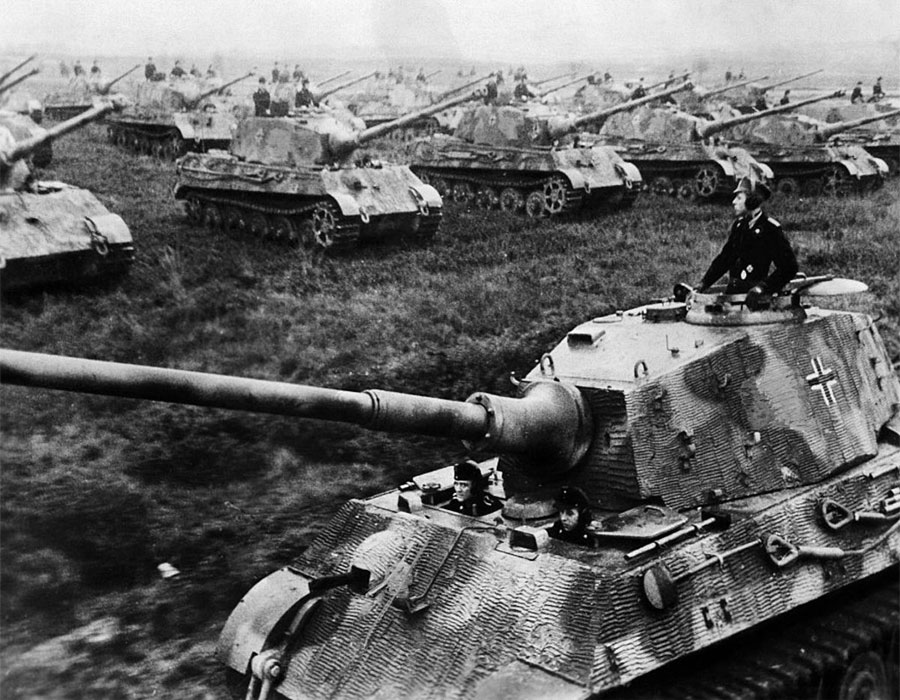
 OpinionExpress.In
OpinionExpress.In
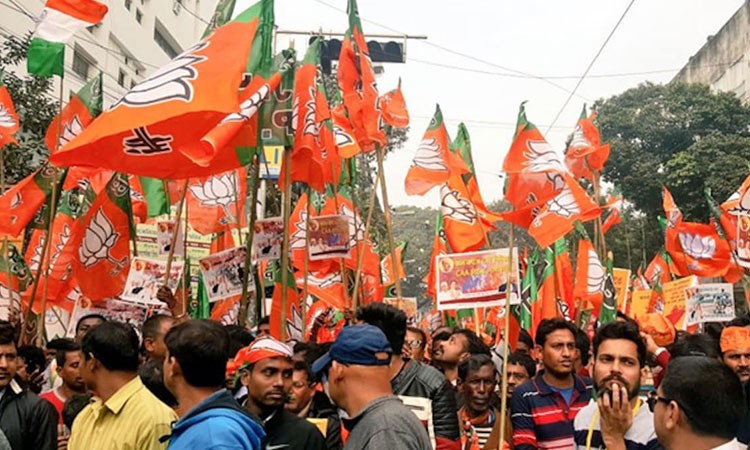


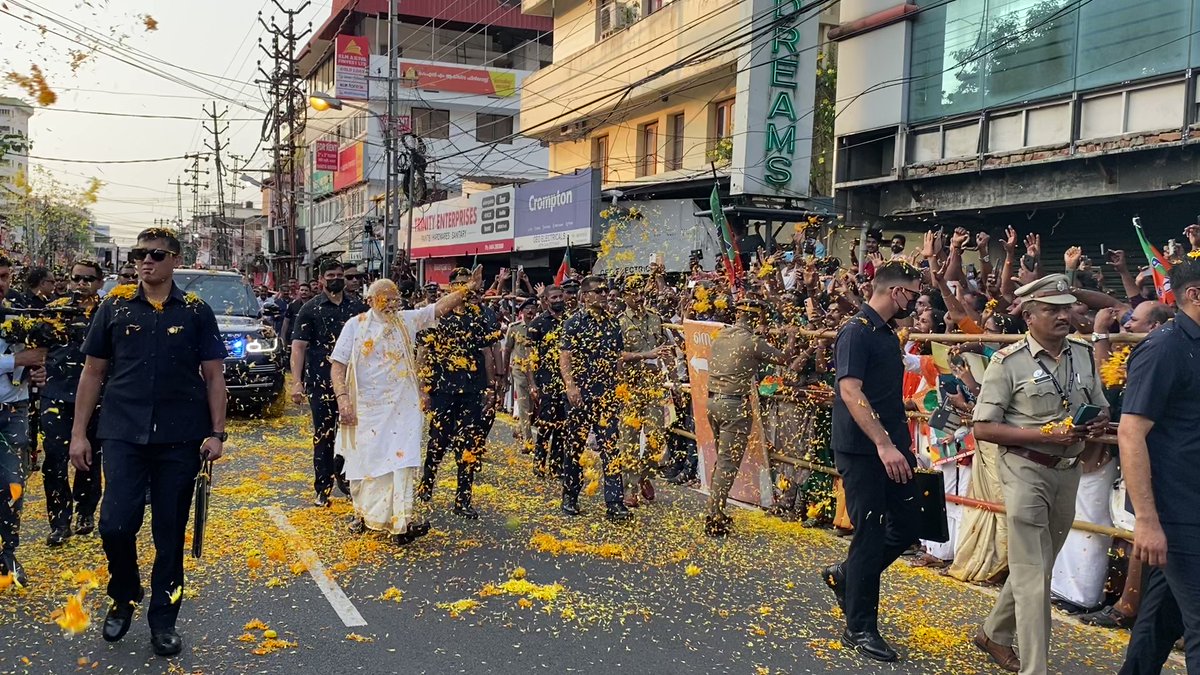
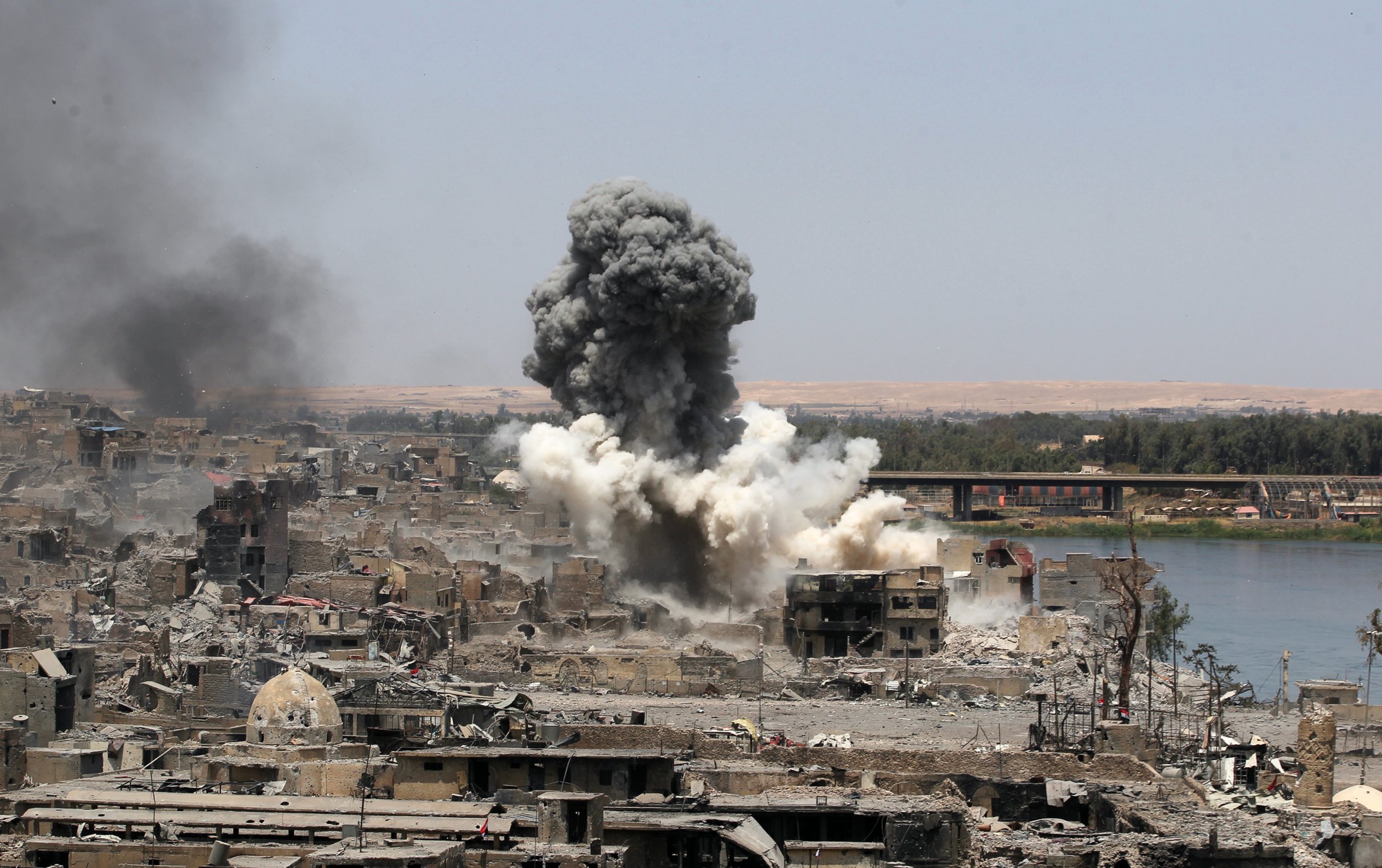
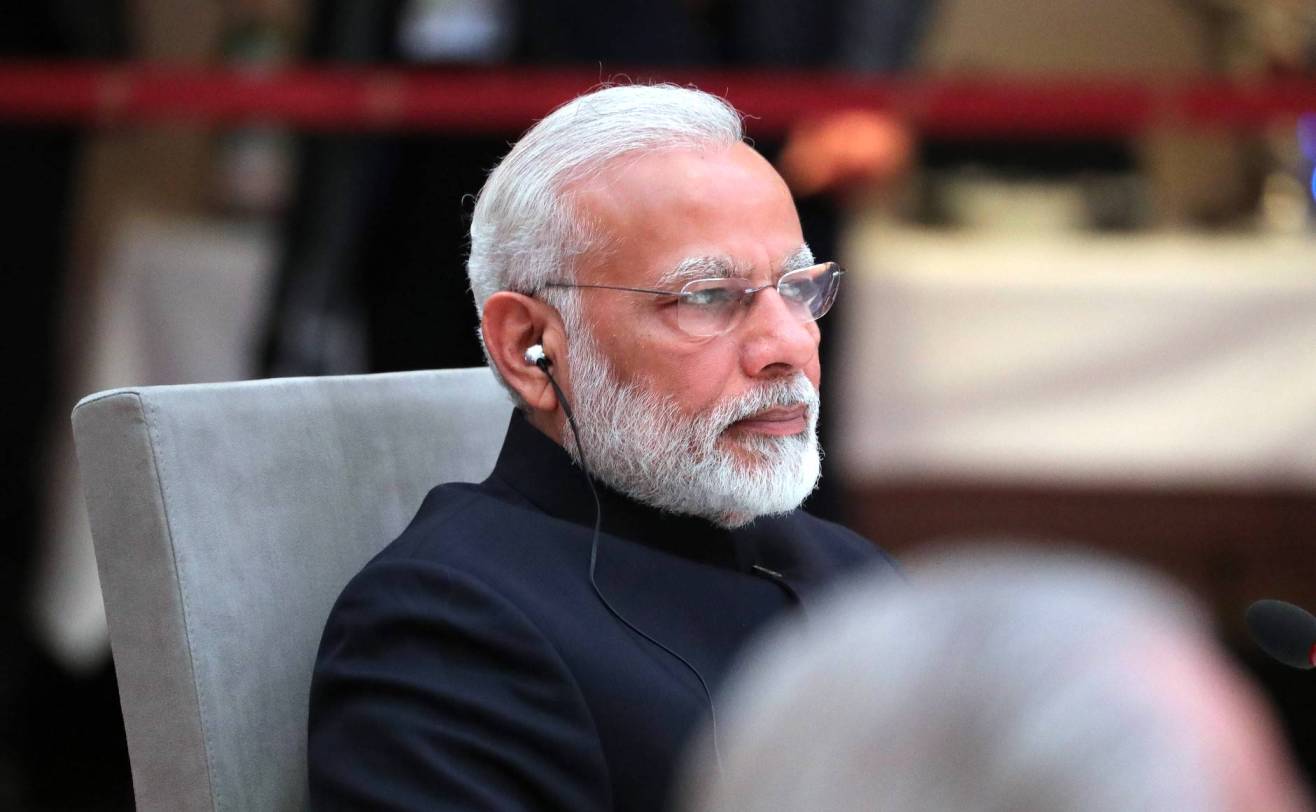
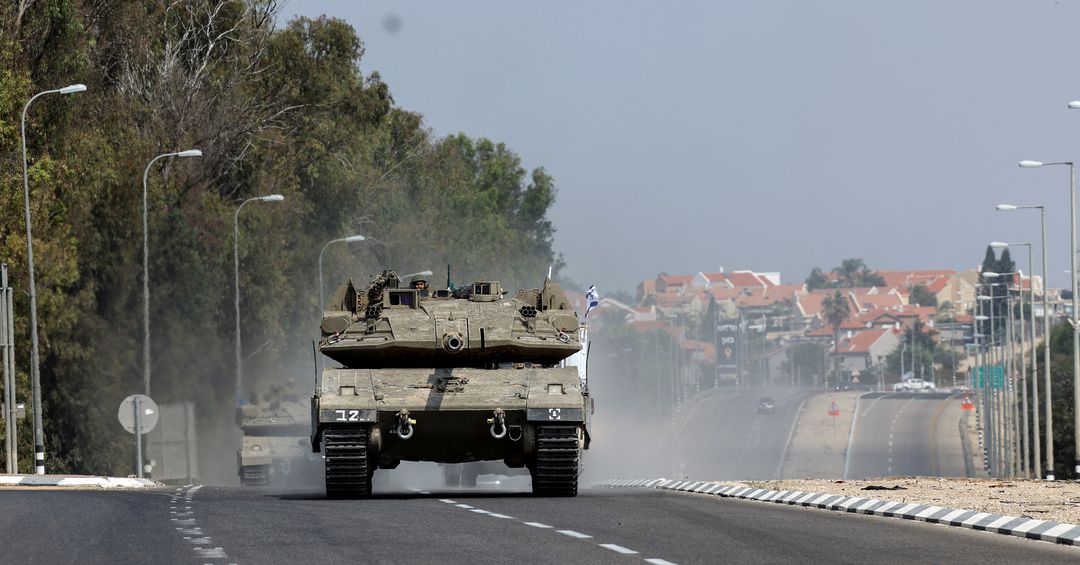
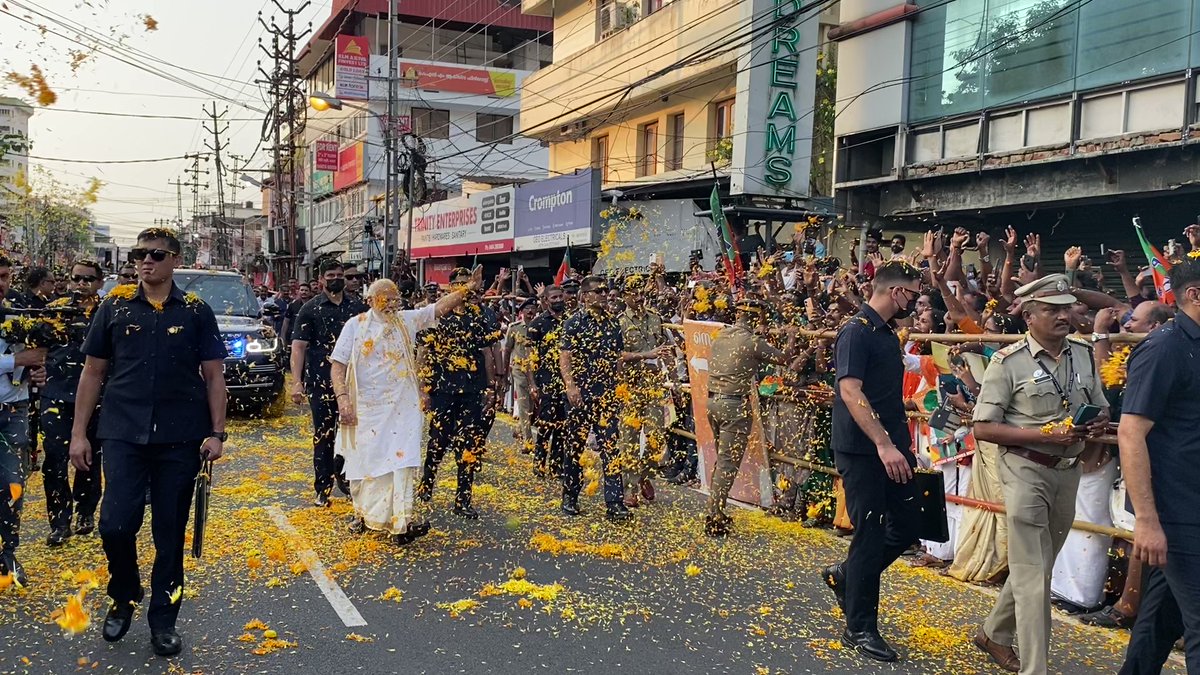
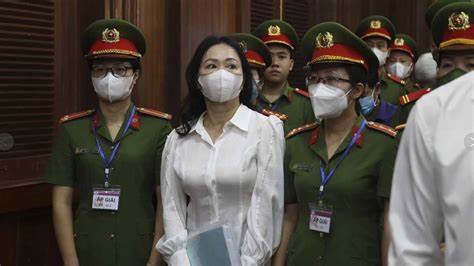






Comments (0)